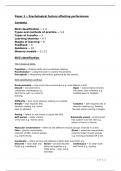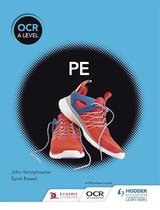Summary
Summary A Level OCR PE Skill Acquisition revision notes
- Course
- Institution
- Book
This document provides key notes on the paper 2 module Skill Acquisition, let me know if you have any enquiries or questions and I hope you find these notes useful.
[Show more]




